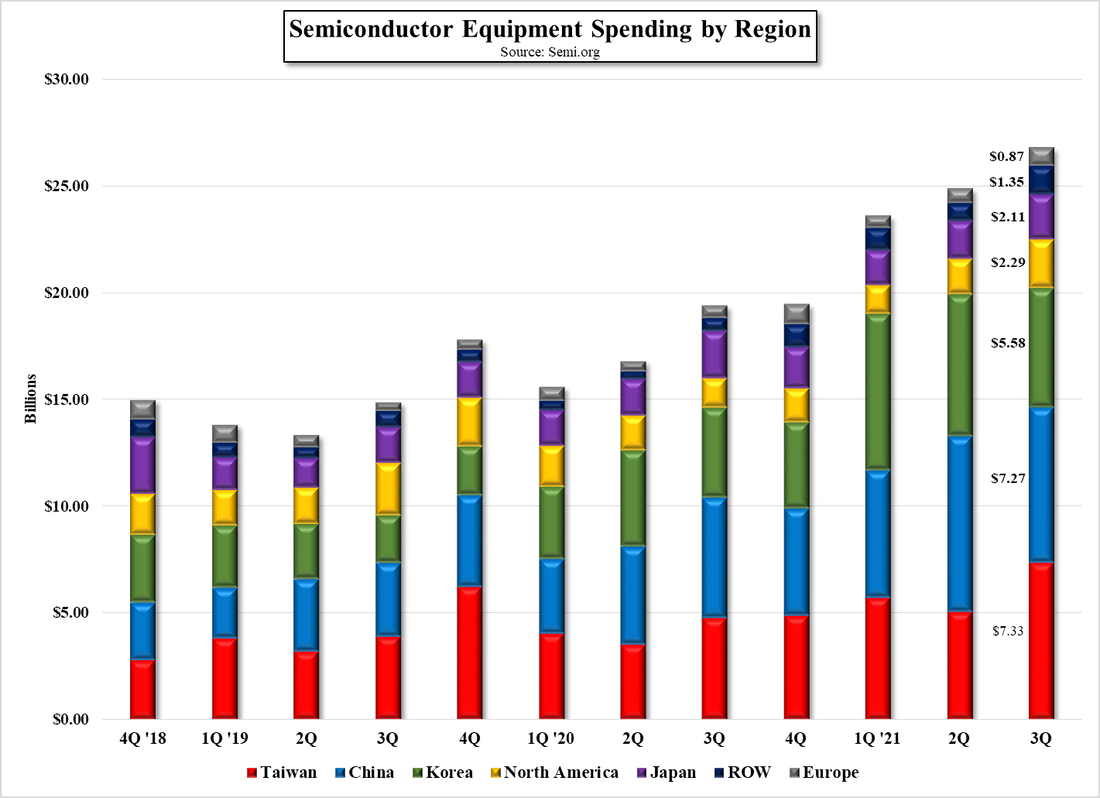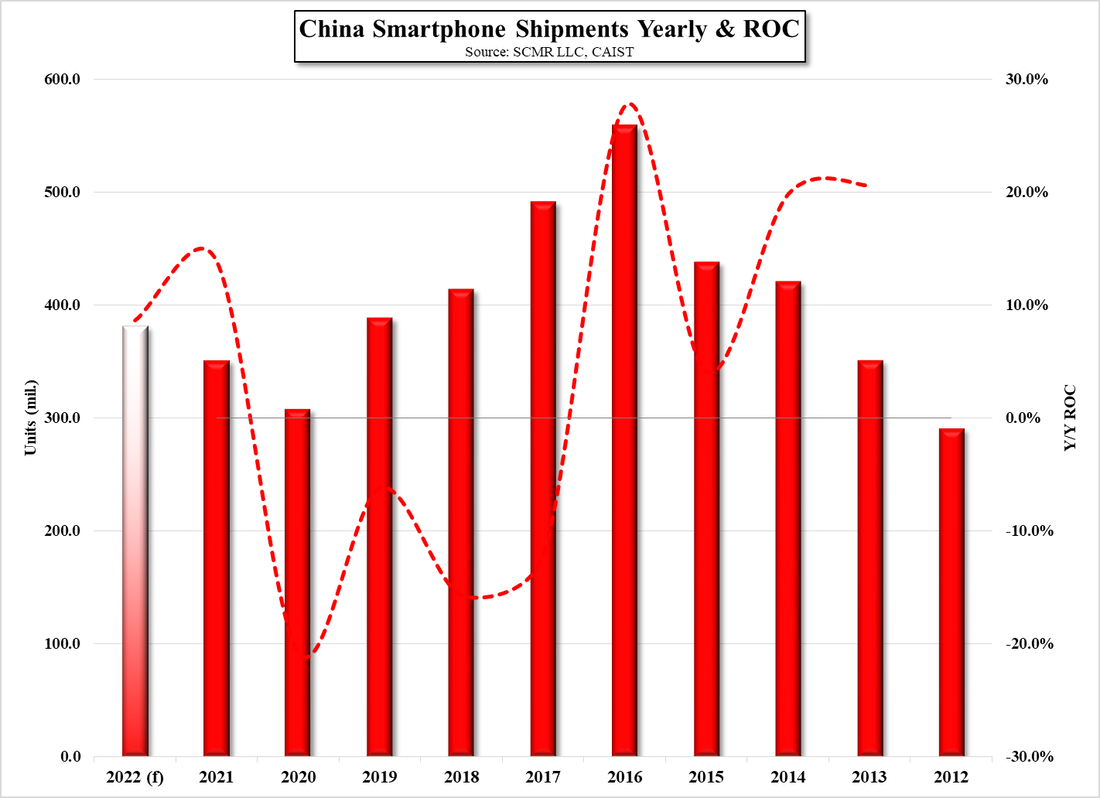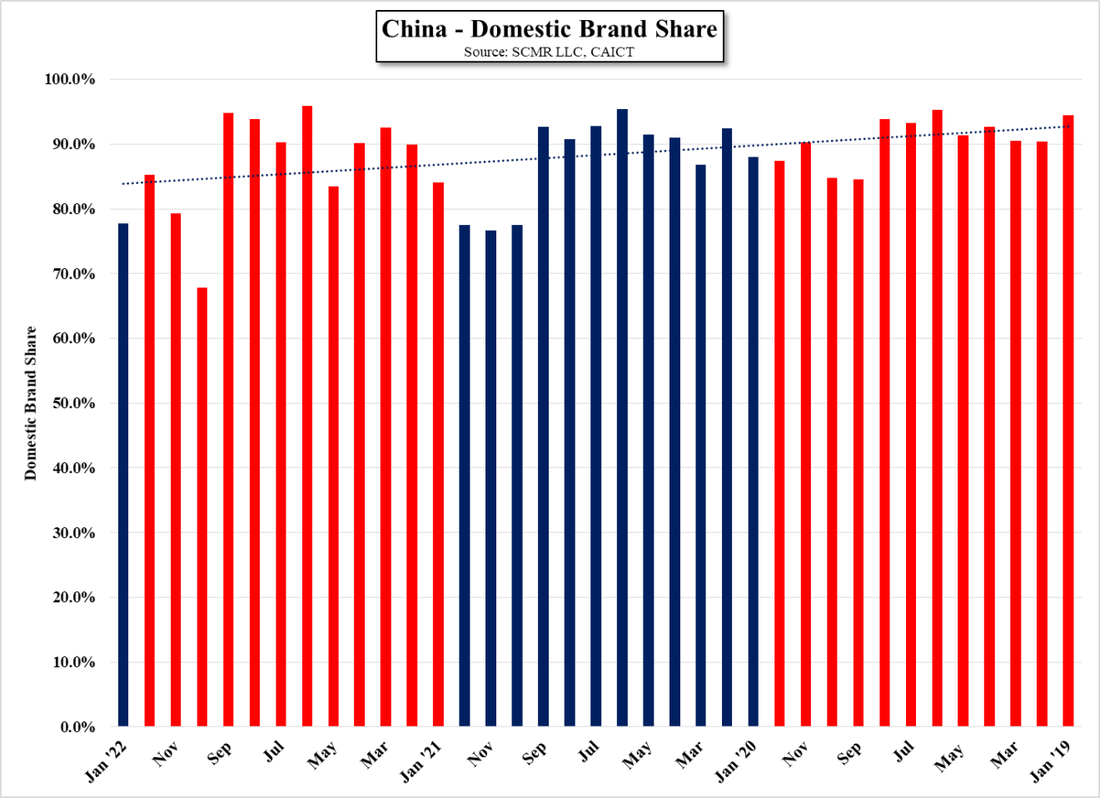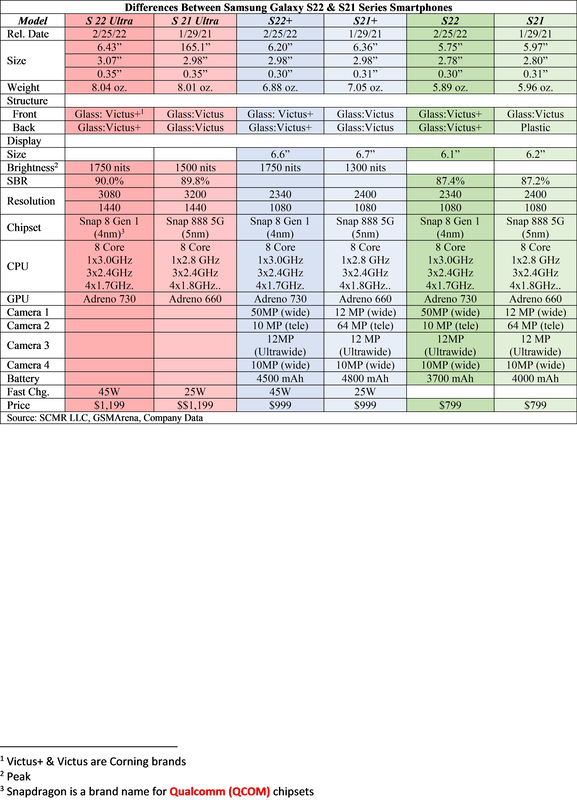Samsung Scores Locall
Indications, again based on pre-order rates, are that the recently announced Galaxy S22 line is seeing over 1m pre-orders over the last 7 days, an average rate of 145,700 units/day (day 1 saw ~300k), better than the 127,200 units/day seen with the S21 last year. A bit telling is that ~60% of the pre-orders were for the Galaxy S22 Ultra, the most expensive of the three S22 models and the only one that supports Samsung’s S-Pen, a feature that drove many Samsung users to the Galaxy Note series which Samsung has tacitly ended. With those Note users wishing to upgrade older models, the logical choice among the S series is the Ultra, which we believe accounts for what we believe s a higher than normal share for this model.
Further, the Galaxy Fold 3 and Galaxy Flip 3 (combined) saw close to 1m pre-orders in the pre-release stage last year, and while they did not hit the 1m mark, sold considerably better than previous models. The Fold 3 also supports the S-Pen but does not have a storage slot as does the S22 Ultra, a feature also seen in the Note line. It remains to be seen if the Galaxy S22 series does as well globally but smartphone brands take strong (pre-release) orders as a very positive sign no matter where they come from. The phones are available for pre-order in the US with an expected delivery date of March 3, with Samsung offering further encouragement by giving ‘pre-orderers’ 4 free months of YouTube (GOOG) premium, 3 free months of Spotify (SPOT) Premium, 6 free months of Sirius XM (LMSXA) streaming, 6 free months of OneDrive (MSFT), and a $100 Google Play credit. If you are really nice, they will come to your house and clean your garage (just kidding on that one but it’s worth a try). Samsung also mentioned that the new Galaxy S8 tablet series pre-orders are running at 2x the pre-orders for the Galaxy S7 tablet. All three Galaxy S8 tablets support the S-Pen.










 RSS Feed
RSS Feed